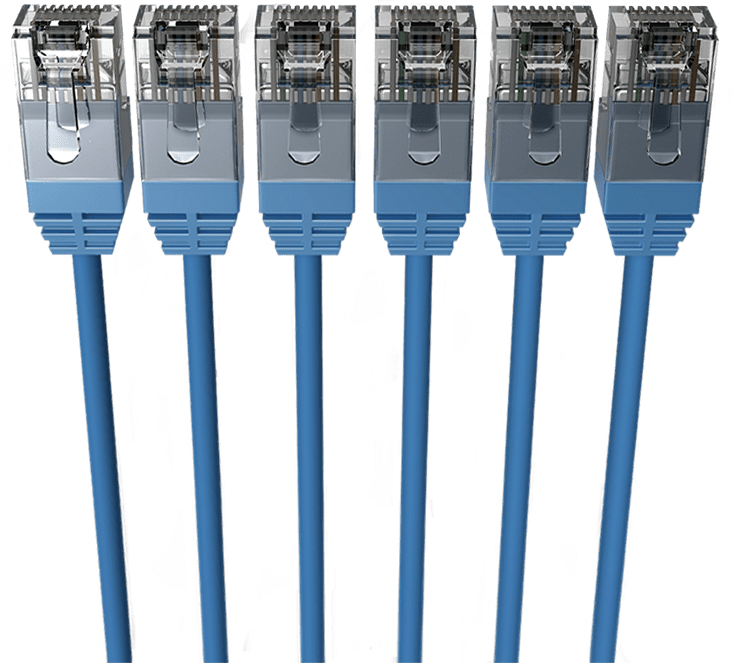Structured Cabling
NT&T specializes in design, install, and maintaining low voltage wiring for voice, video and data applications. Our focus is on commercial and industrial and retail environments. With over 40 years experience we will design and build any layout our customers require.

Racks
Racks are typically deployed in a telephony and IT environment. Equipment and associated patch panels are mounted into a rack. These are typically 2-post or 4-post racks and are 19” wide. They can be floor standing or wall mounted. In small office environments these might just be brackets to mount one or two patch panels into.Patch Panels
Patch panels are used to terminate voice and data cables which then can be connected to the associated equipment.Cat 6 Cabling
Cat 6 is a cable standard for Gigabit Ethernet and other network protocols that is backward compatible with the Category 5e and Category 3 standards. Cat 6 features more stringent specifications for crosstalk and system noise. The cable standard is suitable for 10BASE-T / 100BASE-TX and 1000BASE-T (Gigabit Ethernet) connections. It provides performance of up to 250 MHzCat 5e Cabling
Cat 5e cable is an enhanced version of Cat 5 that adds specifications for far-end crosstalk. Although 1000BASE-T (or Gigabit) was designed for use with Cat 5 cable, the tighter specifications associated with Cat 5e cable and connectors make it an excellent choice for use with 1000BASE-T. Despite the stricter performance specifications, Cat 5e cable does not enable longer cable distances for Ethernet networks: horizontal cables are still limited to a maximum of 325ft in length. Cat 5e cable performance characteristics and test methods are defined in TIA/EIA-568-B.2-2001.Cat 3 Cabling
Cat 3 cable is an unshielded twisted pair (UTP) cable designed to reliably carry data up to 10 Mbit/s. Category 3 was a popular cabling format among computer network administrators in the early 1990s, but fell out of popularity in favor of the very similar, but higher performing, Cat 5 standard. Now that Cat 5 is obsolete, most new structured cable installations are built with Cat 5e or Cat 6 cable. Cat 3 is currently still in use in two-line telephone systems, although Cat 5 or higher could do the same work and allow transition to VoIP.Fiber Optic Cabling
iber Optic cabling provides a far superior bandwidth than copper and while it is typically used for backbone connection between IDF’s and MDF’s is it fast becoming the choice for high quality and reliable voice, data and video communications. It is also the solution for backbone connectivity and other connections limited by copper distances (currently 325ft). NT&T has been installing fiber optics for over 10 years and has extensive experience in single and dual mode fiber optic systems.
Our mission is to deliver best in class telecommunications solutions throughout Northern New England and unrivaled customer service 24/7 365 days per annum.
Contact
NT&T (National Telephone & Technology)
25 Plaza Drive, Suite 1
Scarborough, ME 04074 USA
Phone
+1 207 885 0000


